Fiat 8V
Fiat and sports cars, that doesn’t go together for most car fans. Usually the Italian brand is known for small cars up to middle class models as well as commercial vehicles. The short episode of sports car construction lasted only three years in the early 1950s. The original plan was to introduce a luxury six-cylinder sedan. However, chief engineer Dante Giacosa first rejected an inline six-cylinder engine, than a V6 and finally a V8 with 90° cylinder bank angle, only to end up with a V8 engine with 70° angle, which he developed to series production. At the same time Pininfarina built the Tipo 104 as a large sedan for Fiat, but it was too heavy and too bulky. Therefore they rejected the project immediately. Instead, Giacosa was asked to develop a sports car suitable for the V8 engine. Together with Siata, the chassis was developed on which, in addition to factory bodies, also constructions from external coachbuilders could be mounted.
The sports car made its debut at the 1952 Turin Motor Show as the Fiat 8V (Otto Vu). To this day it is not entirely clear whether this name was intended in principle or whether senior Fiat employees assumed that the designation ‘V8’ could be protected in the USA. Both the chassis and the factory bodies were mainly handcrafted in the research and development department, which never resulted in large quantities. After only 114 units the production ended. Despite three performance stages of the V8 engine and various noble bodies the reputation growth kept itself within limits, which is why nearly nobody nowadays know of the Fiat sports car. But the rare vehicles achieve very good prices on car auctions in the meantime, because car collectors all over the world look for these rarities.
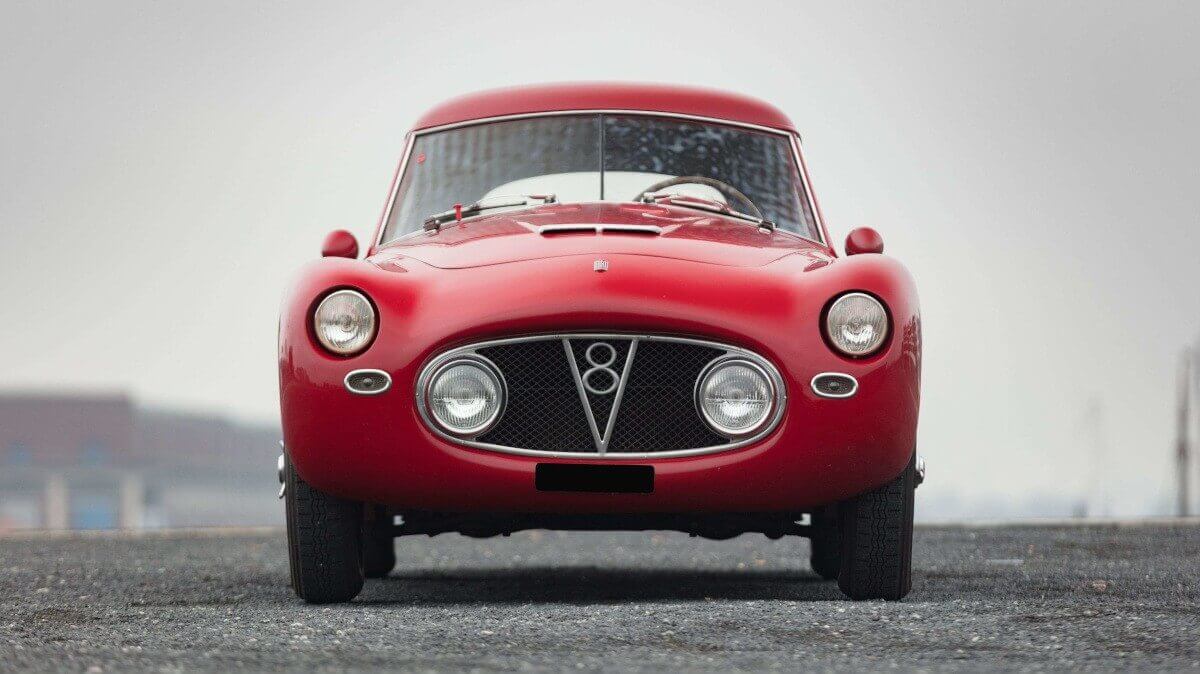



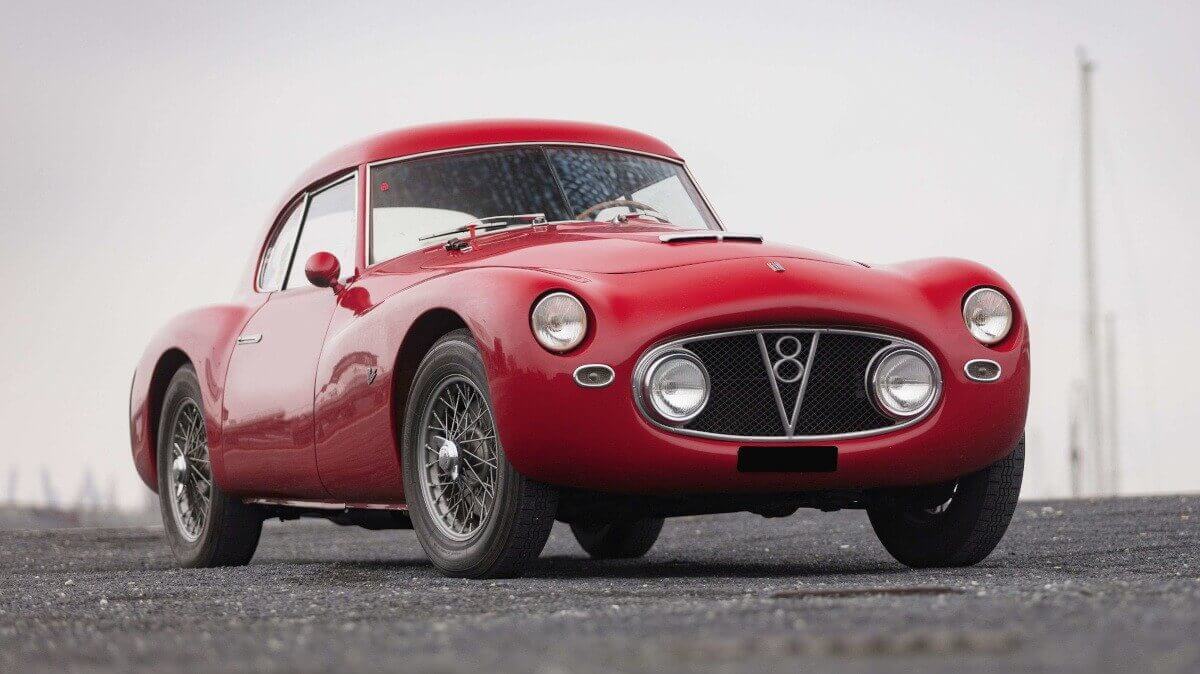



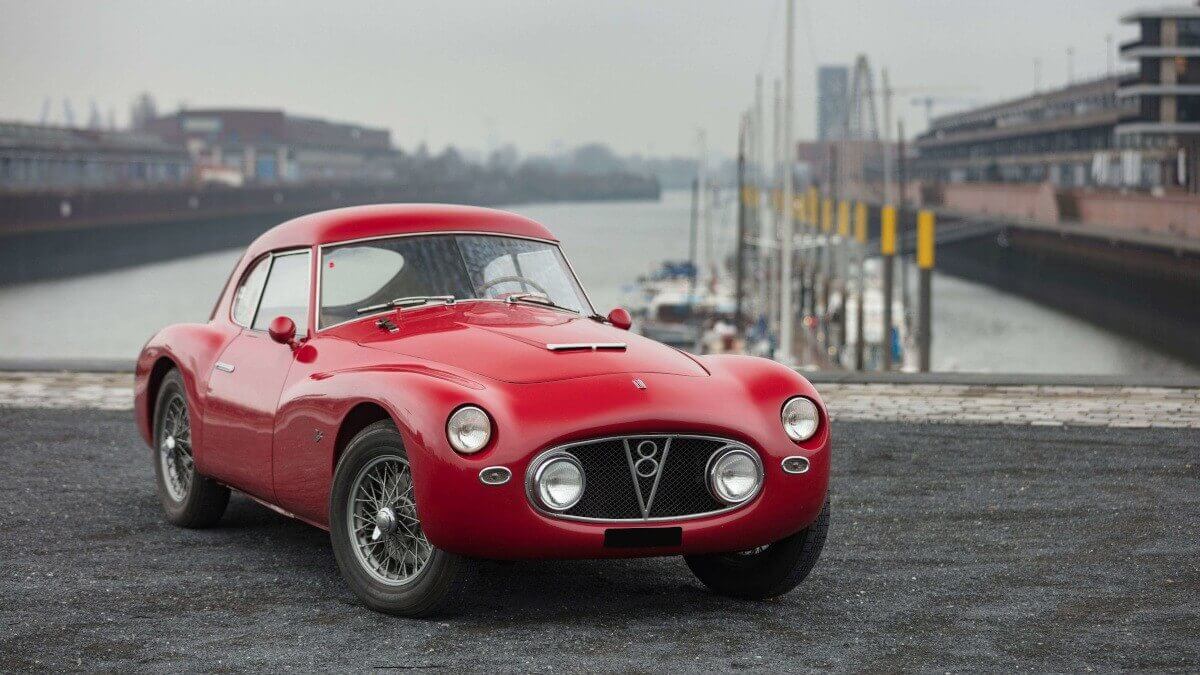



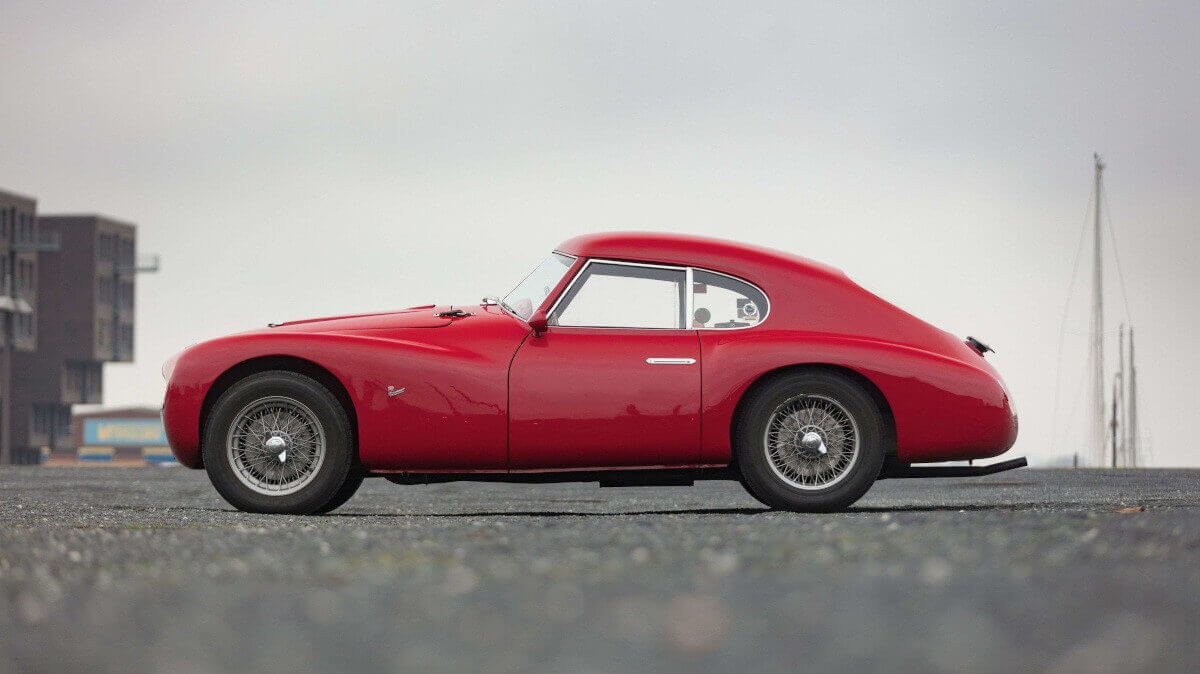



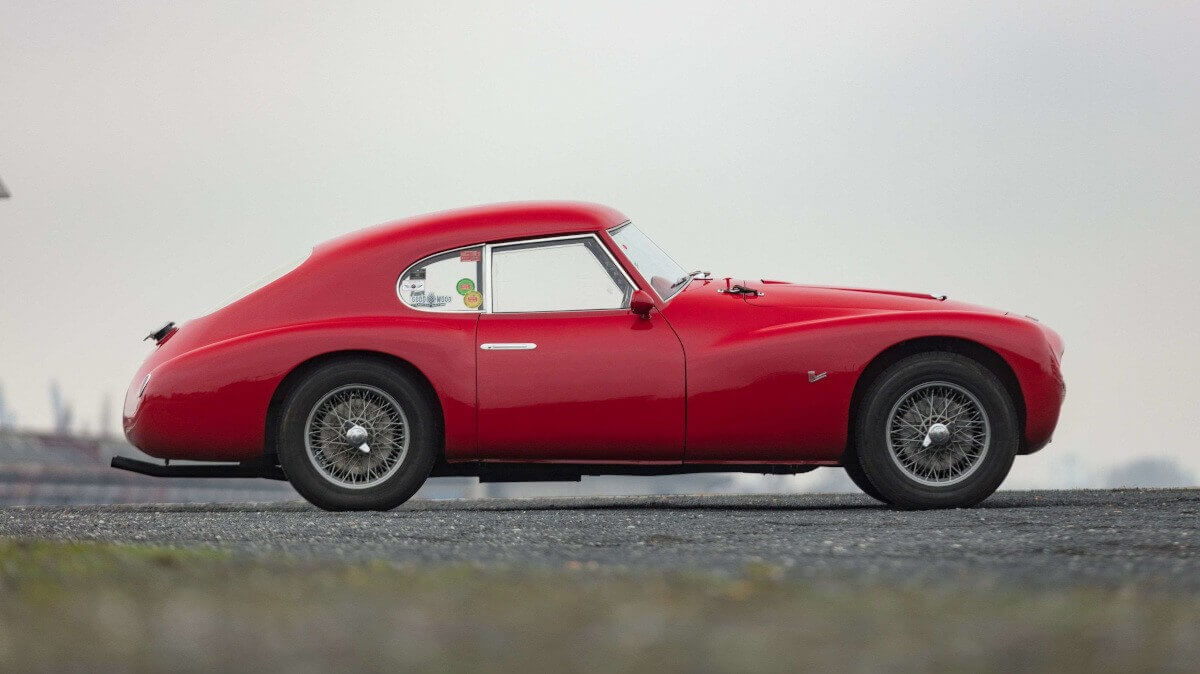



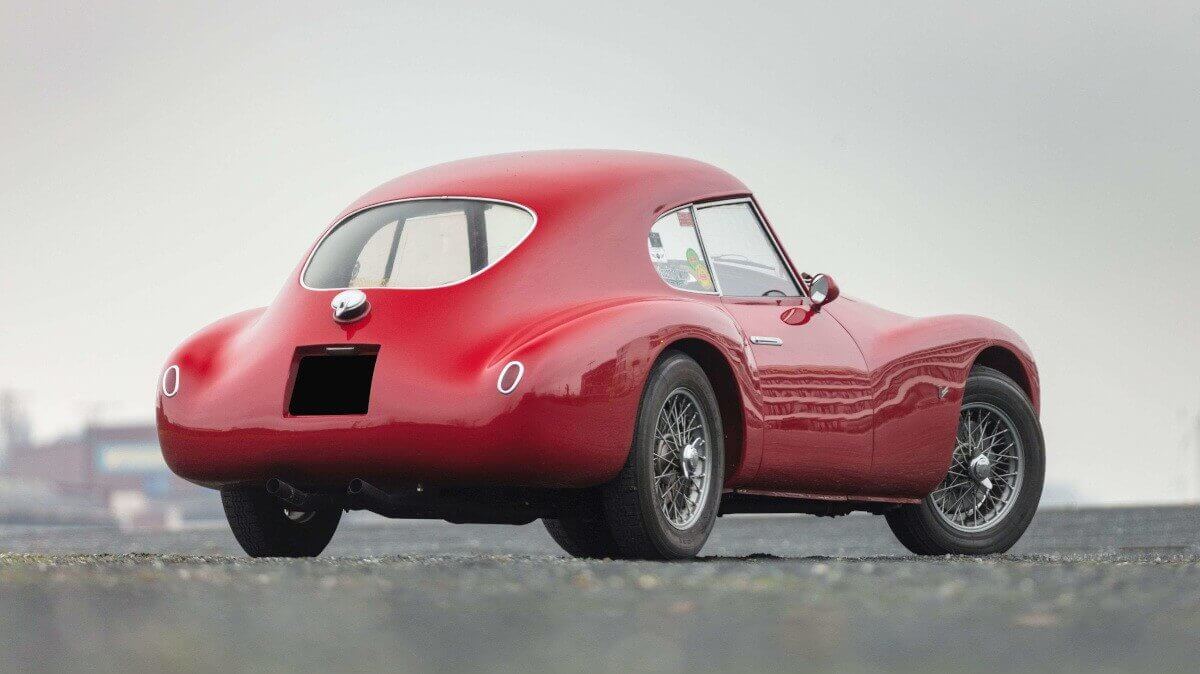



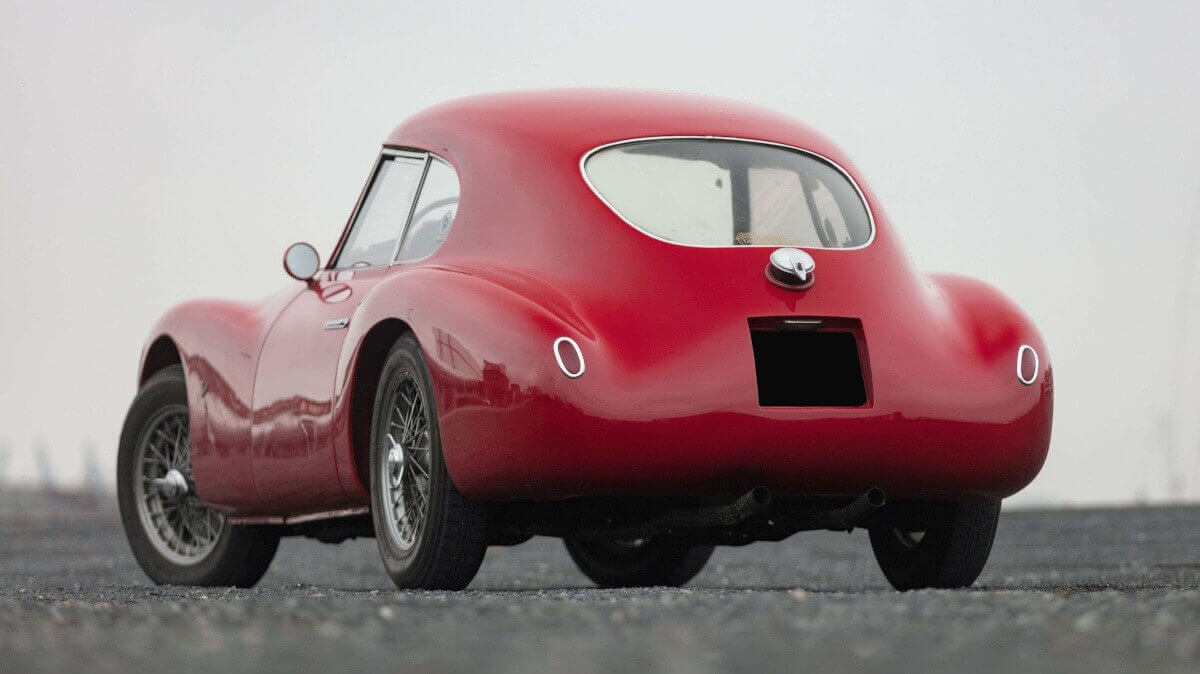



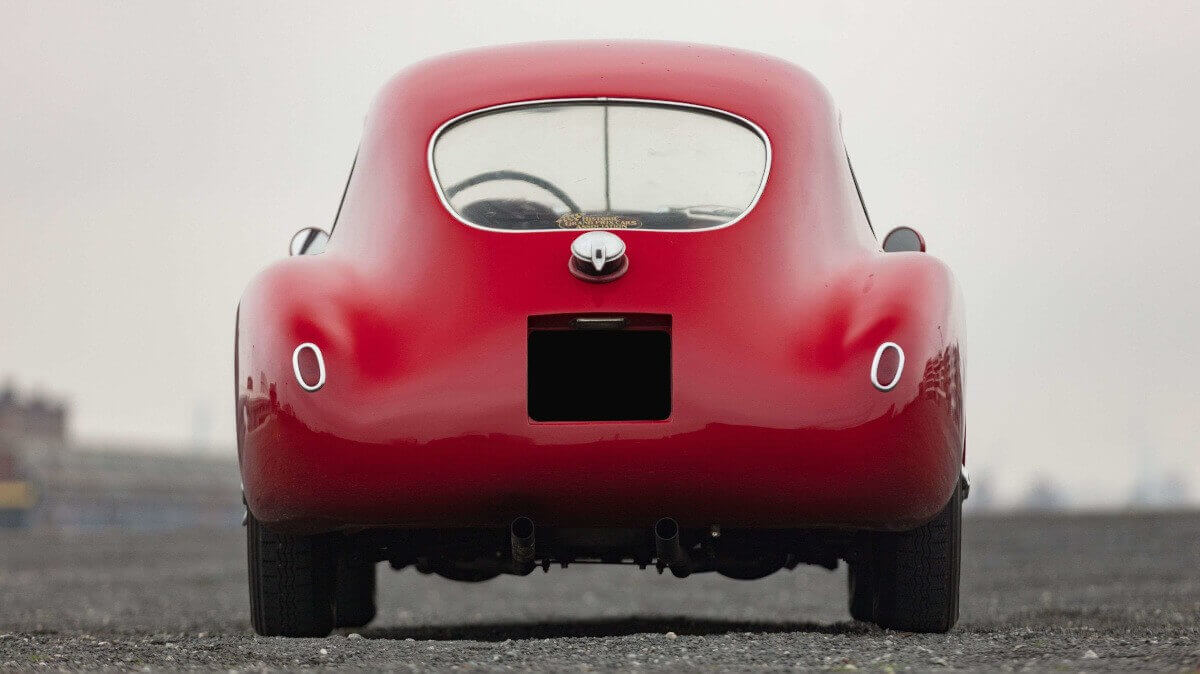



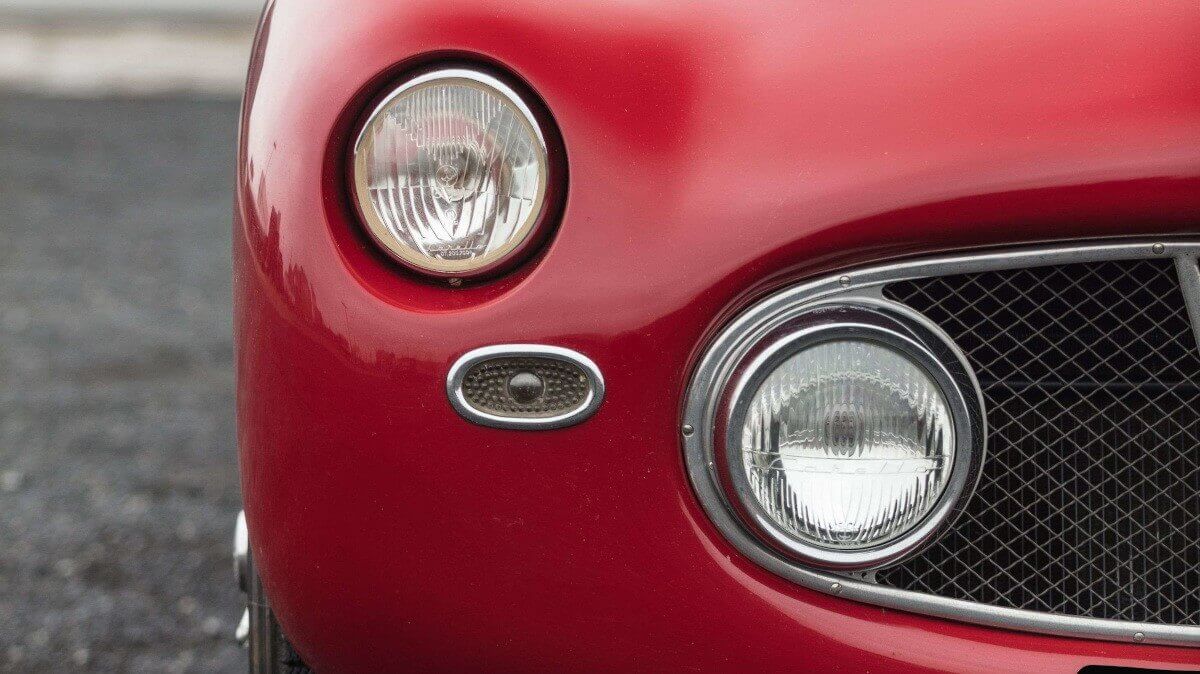



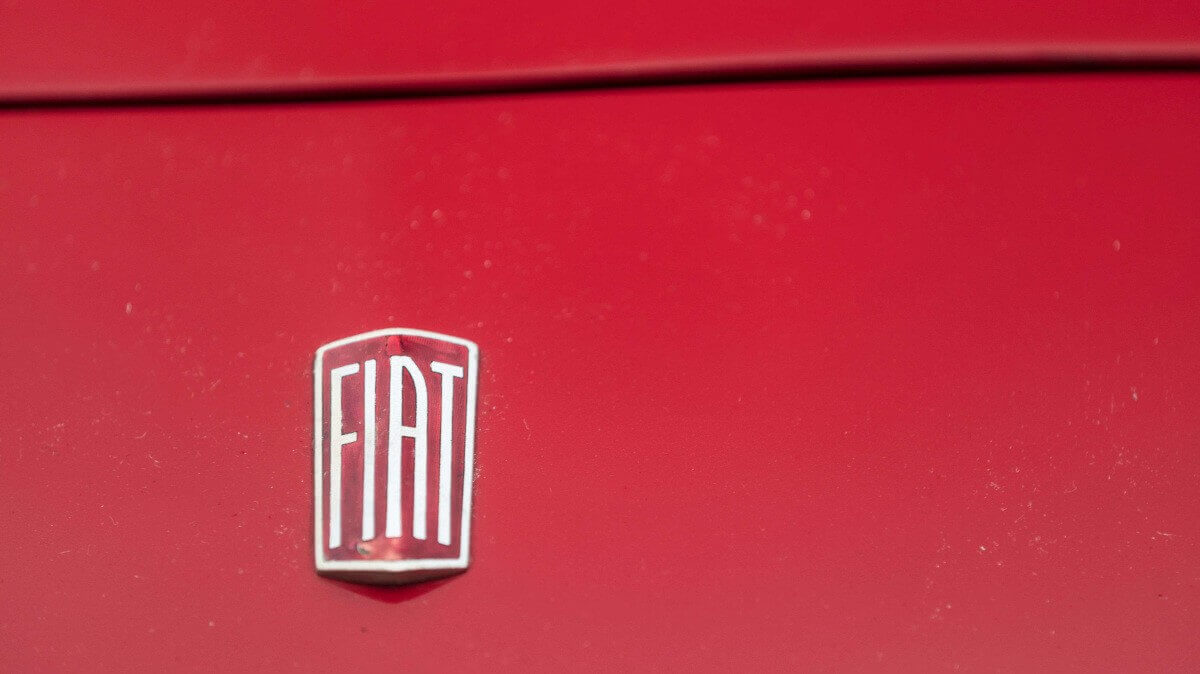



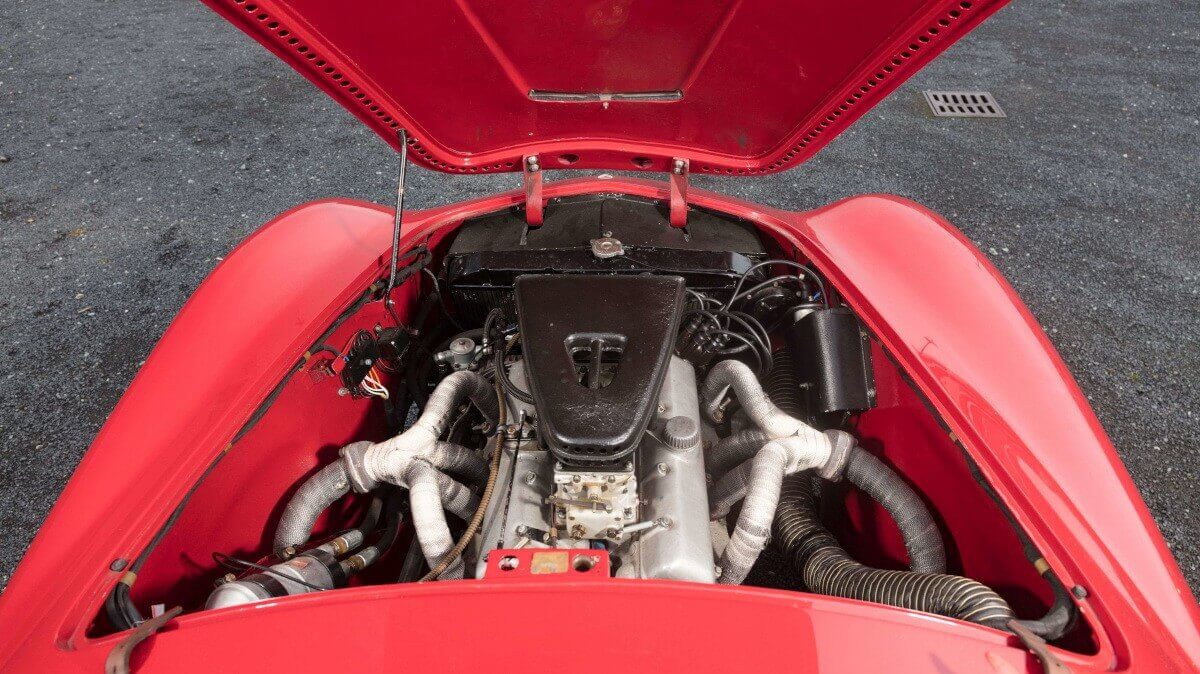



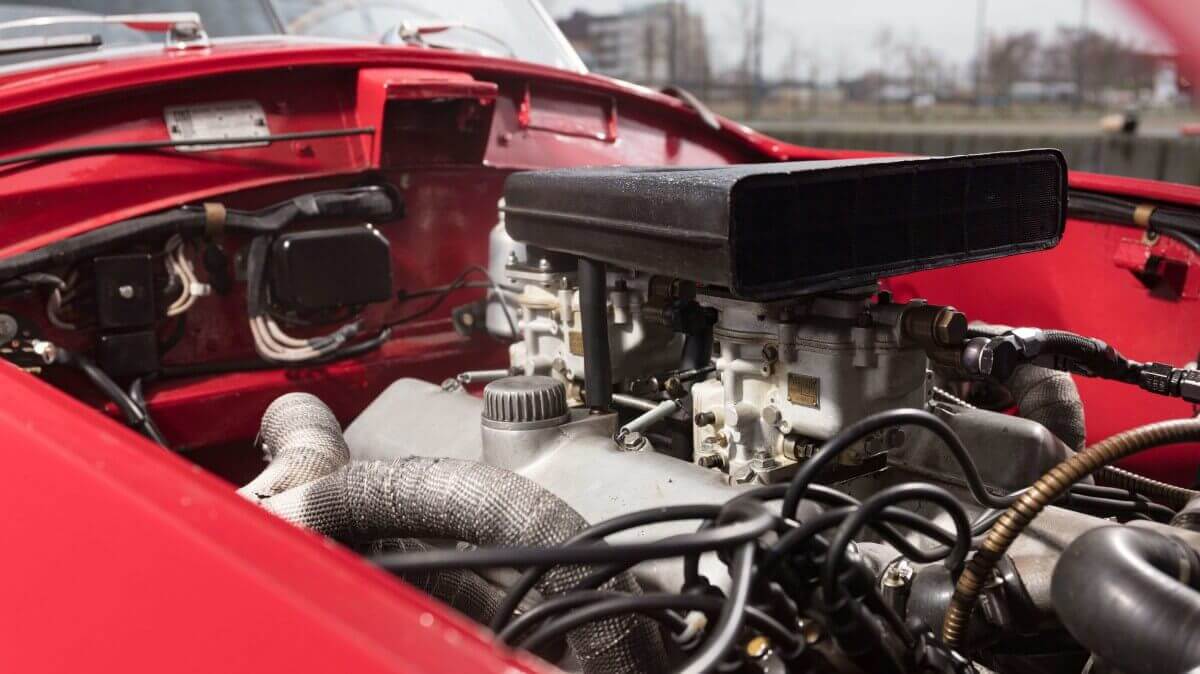



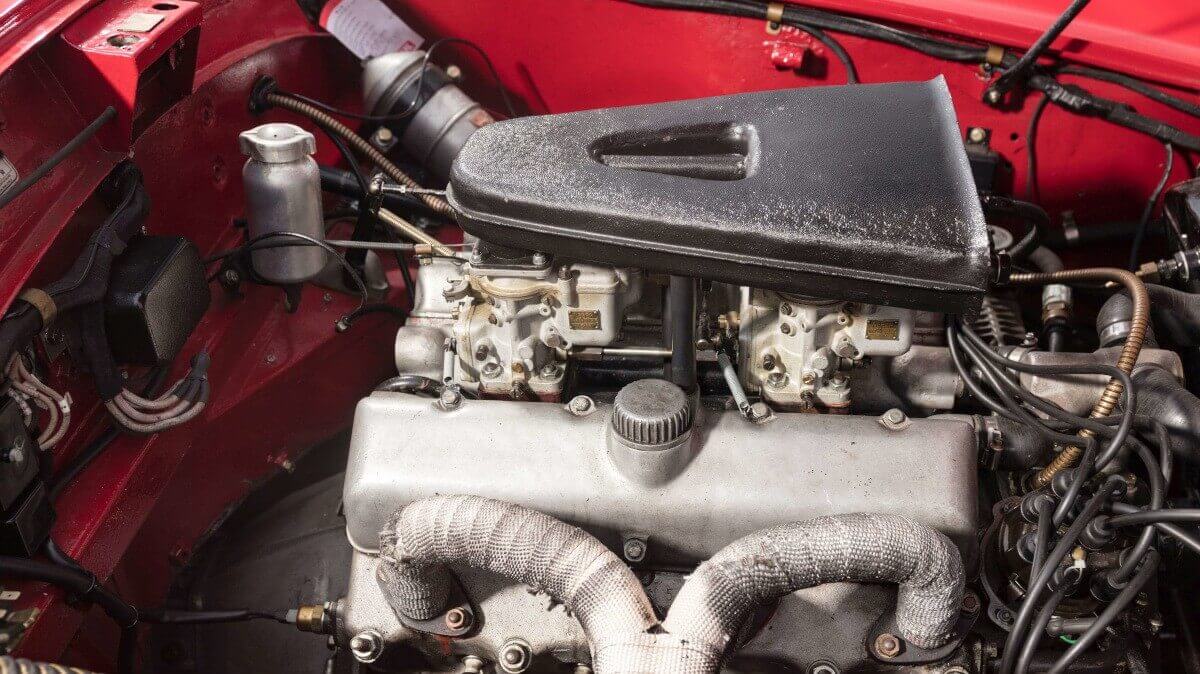



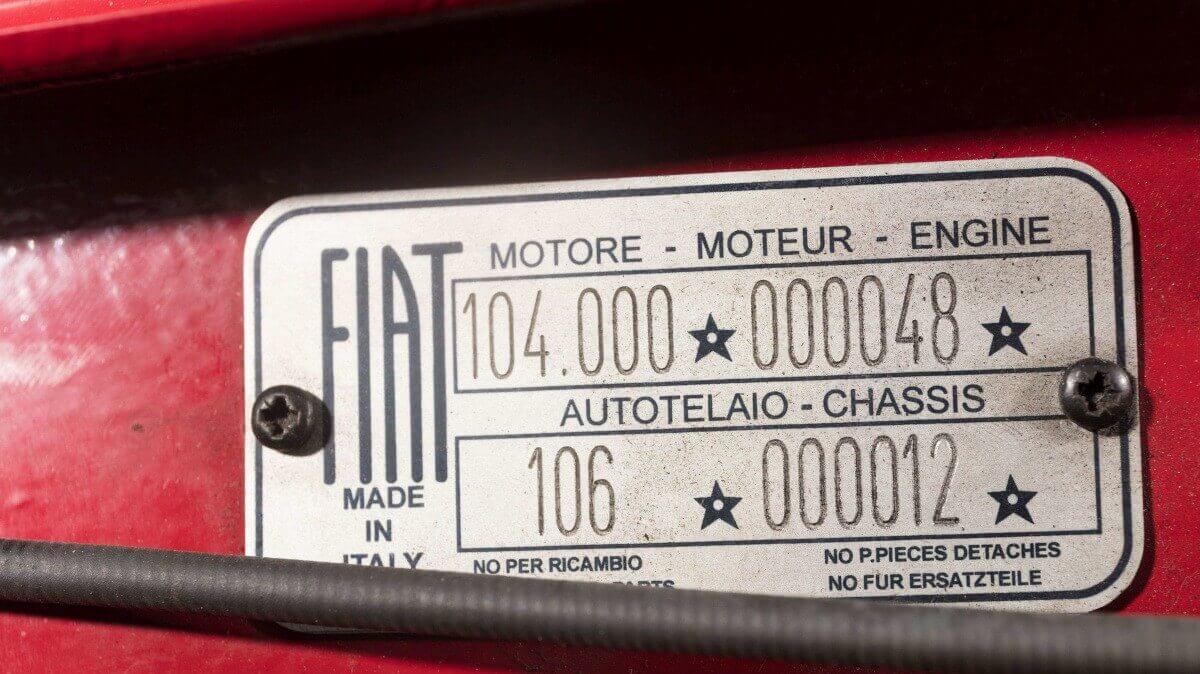



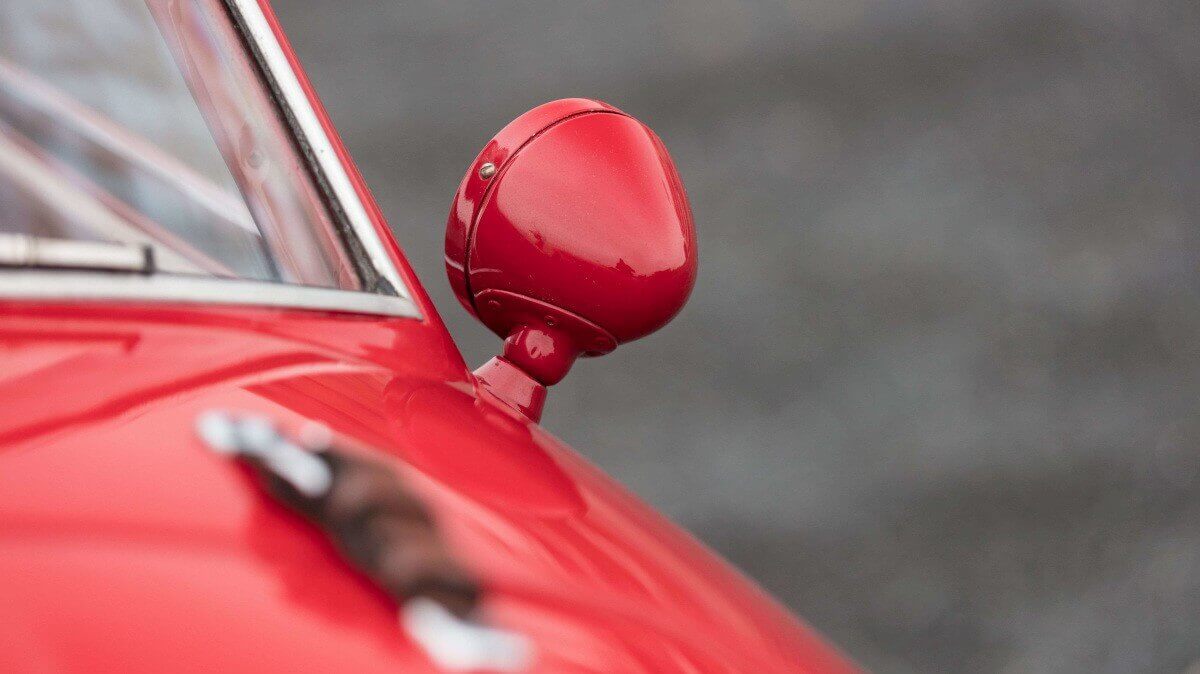



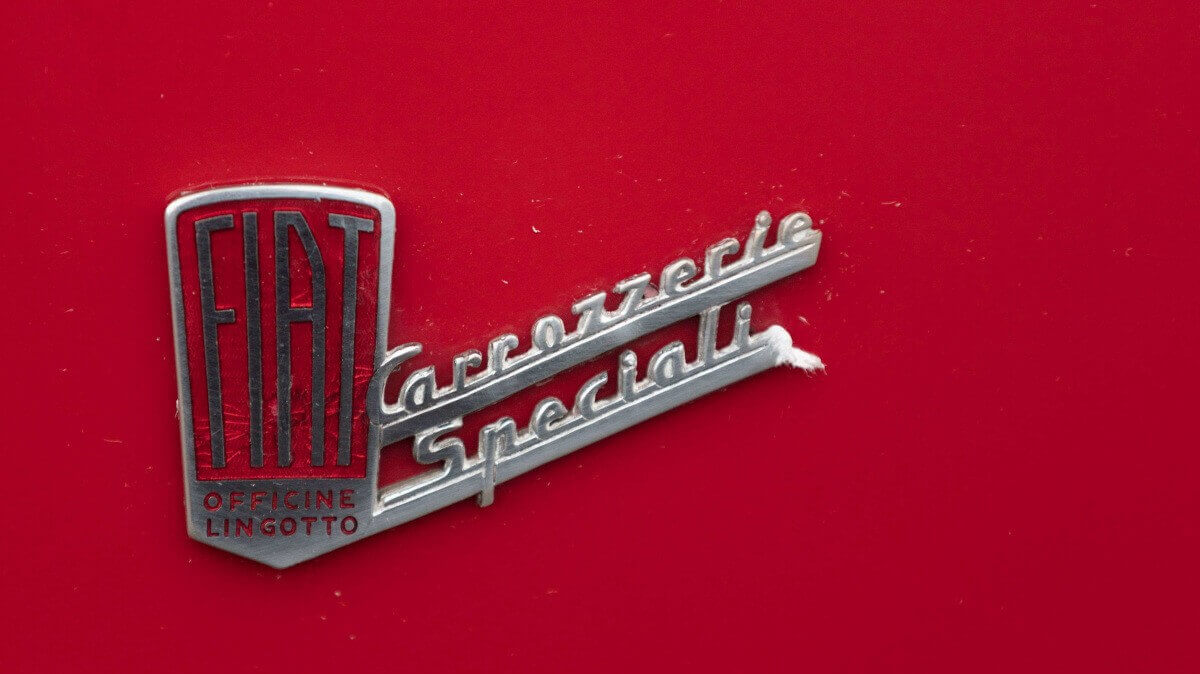



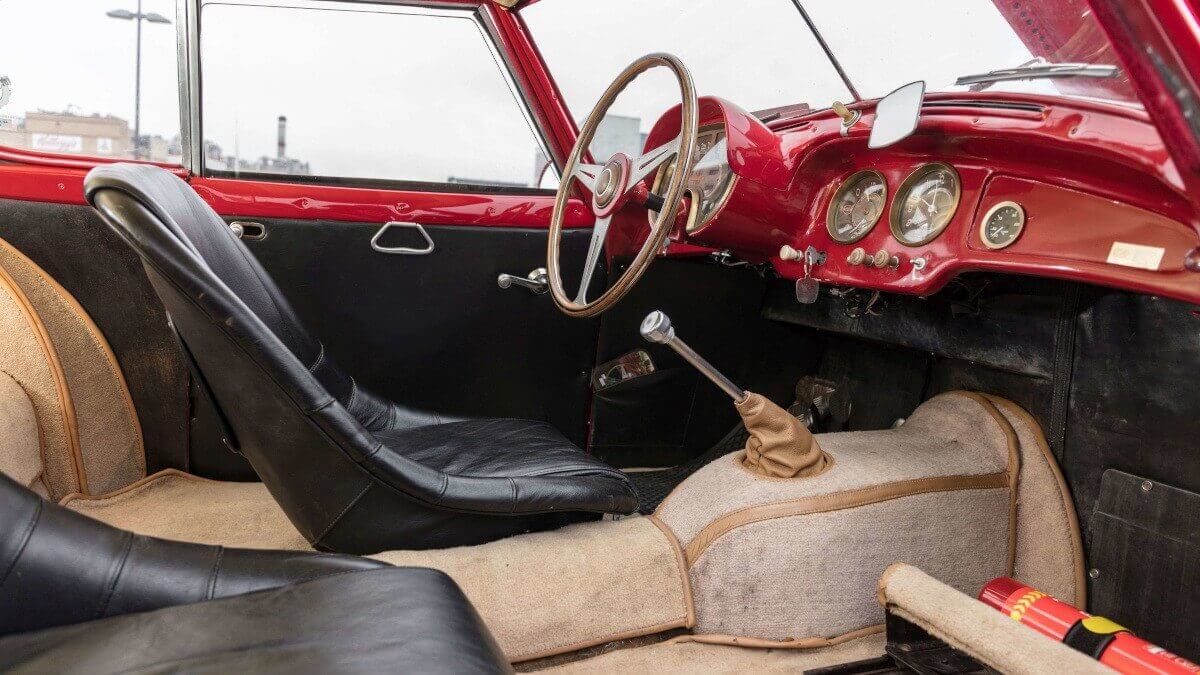



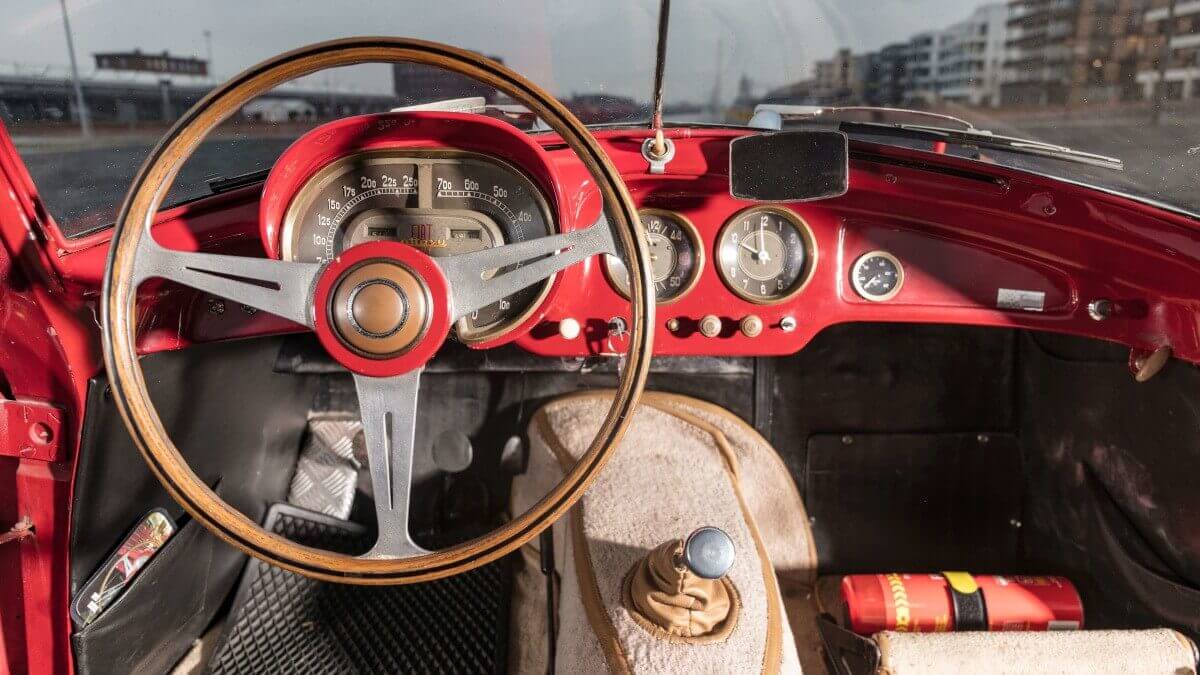



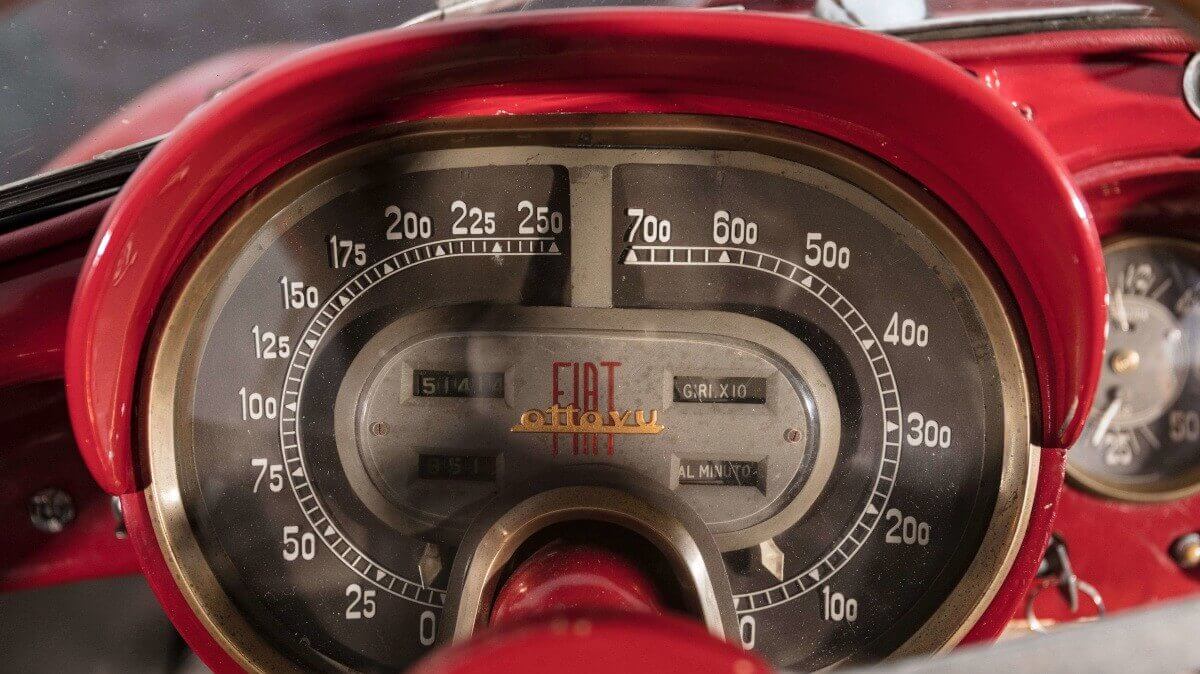



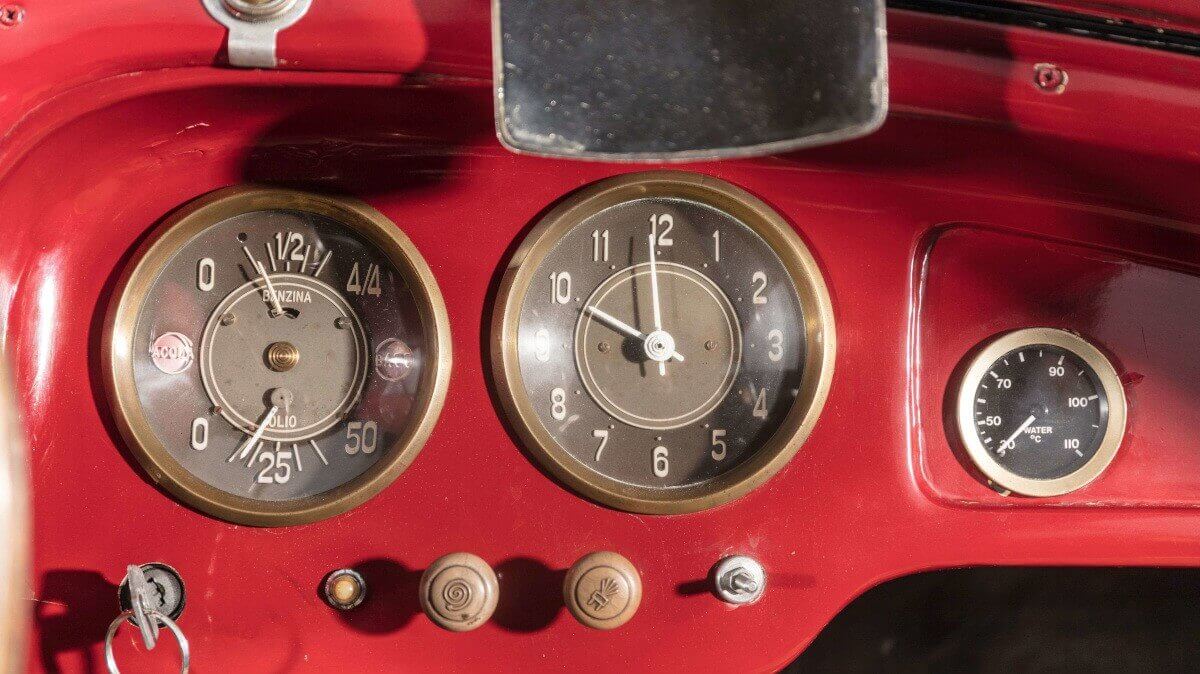



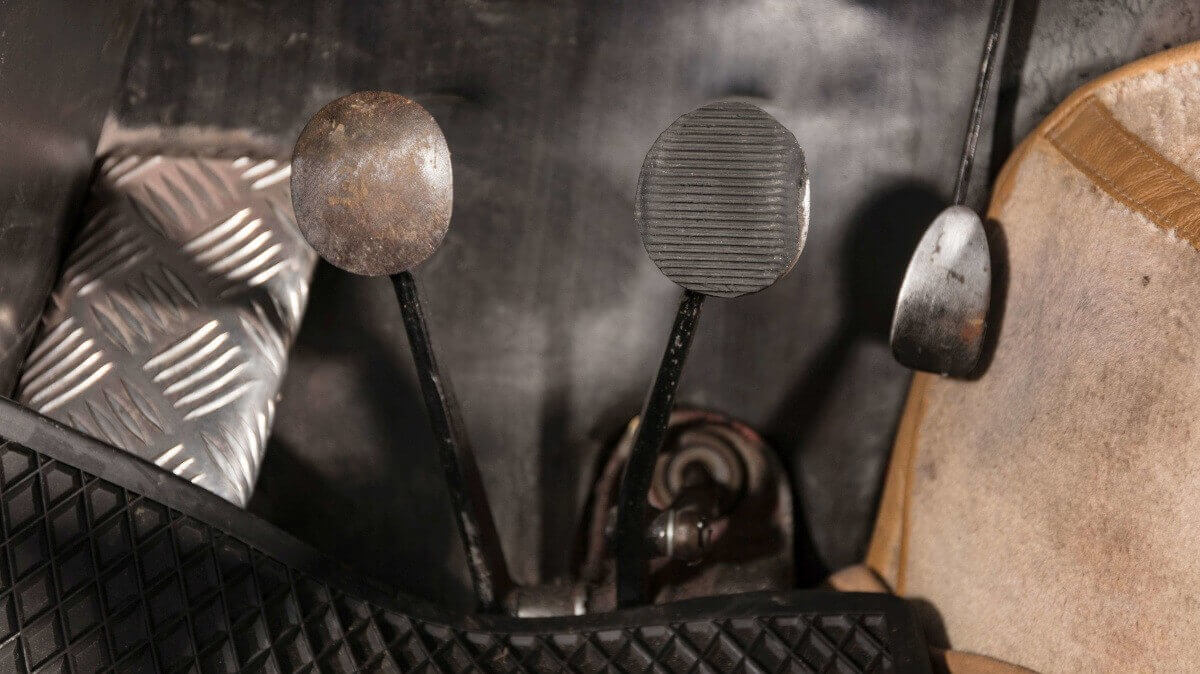



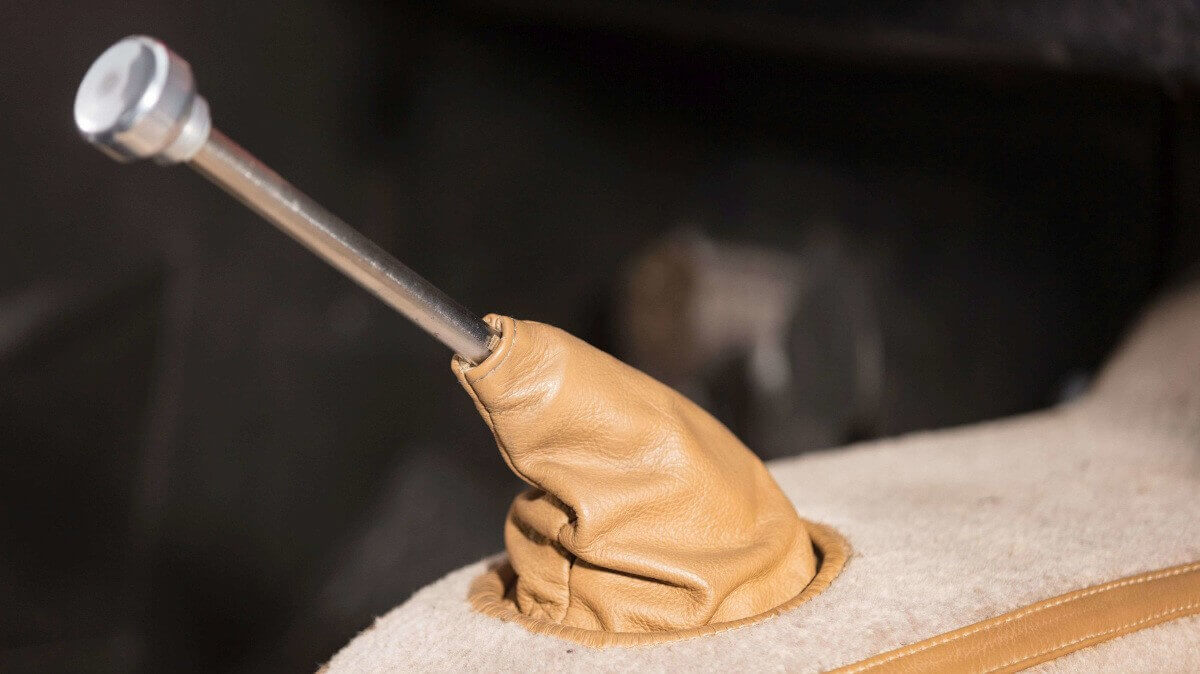



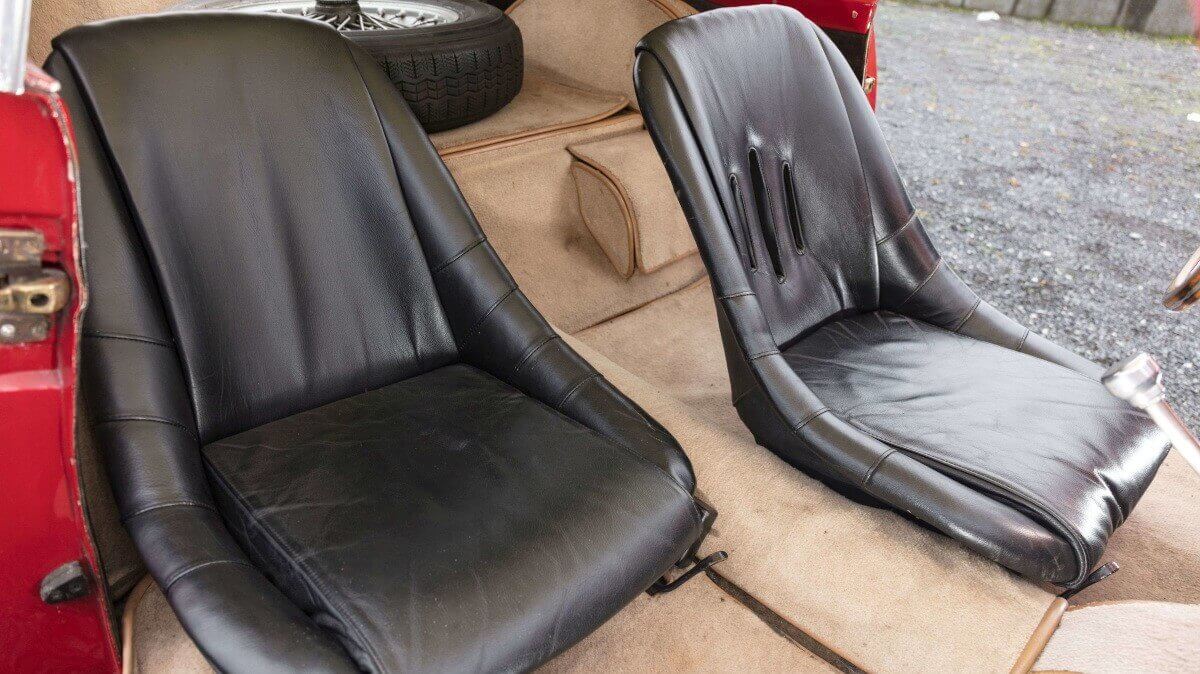



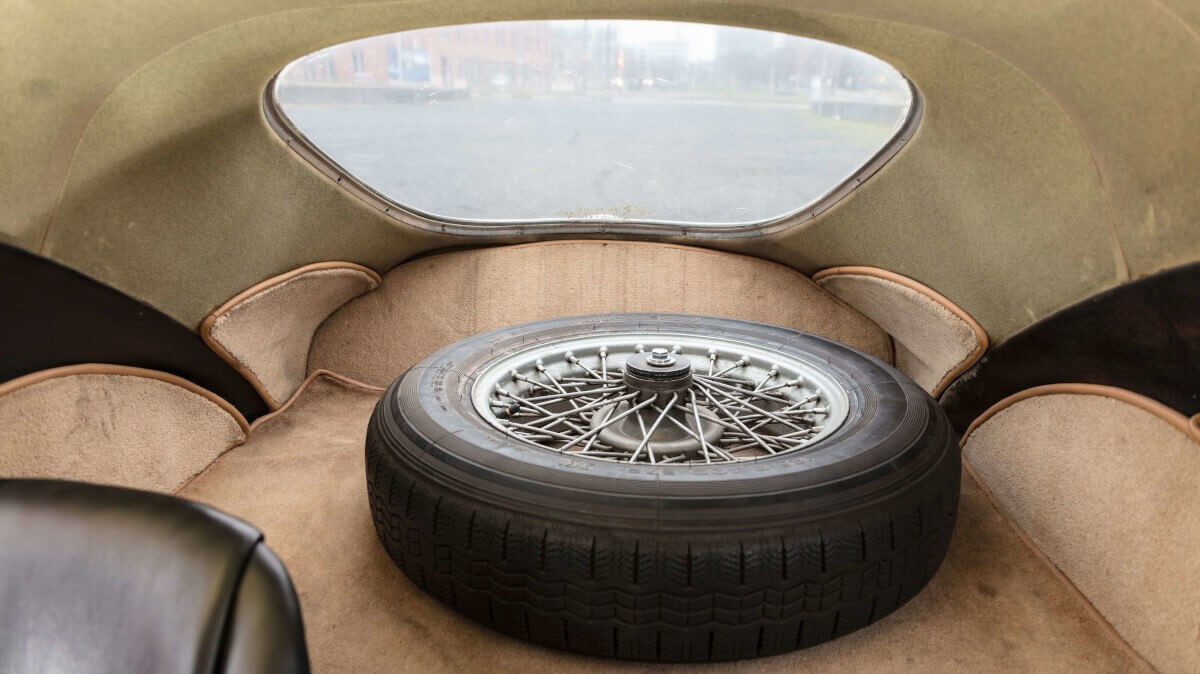



At the French auction house Artcurial, one of the oldest Fiat 8V cars will be sold at the Automobiles sur les Champs auction in Paris on 27 October. This vehicle shows the early version of the factory bodywork, which was jointly developed by Dante Giacosa and Fiat’s chief designer Fabio Luigi Rapi in the wind tunnel. With a view to the Mille Miglia, which at that time was still held annually as a best-time race, the 8V was tried to elicit more topspeed with the best possible aerodynamics. In fact, the car with the Rapi body reached up to 204 kph (126.76 mph). For better weight distribution, the co-driver’s seat was moved 20 centimeters to the rear compared to the driver’s seat. In the field of motorsports, the only success was winning the 2-liter class of the 1954 Italian sports car championship. The 8V didn’t achieve more success in its short running time.
34 cars were produced with the early Rapi body. Five of which were later rebodied by other coachbuilders, two partly modified and one converted to the second series Rapi bodywork. The whereabouts of eight of these cars are unknown and five were destroyed. Thus, 13 known first series Rapi cars still exist today. Artcurial now offers the sixth series car, which was built after the construction of six pre-series cars. According to today’s knowledge it is the third oldest 8V that still exists worldwide. On 9 March 1953 the Fiat distributor in Turin delivered this car, which remained in its original configuration until today. 1961 this 8V changed to Great Britain, where it was restored 1989 after various owner changes. Between 2001 and 2009 the owner took part five times in the Mille Miglia and twice in the Tour Auto with this Fiat. Also the current owner drove this 8V in a Mille Miglia event. Now Artcurial expects a hammer price between 1,100,000 and 1,300,000 €.
Images: Artcurial, Peter Singhof




